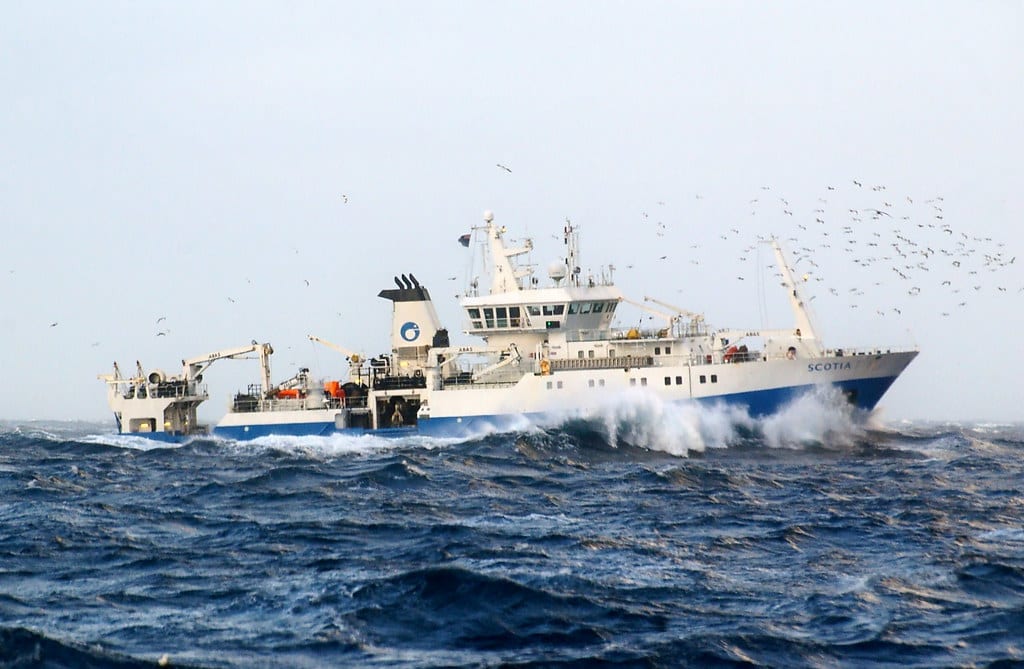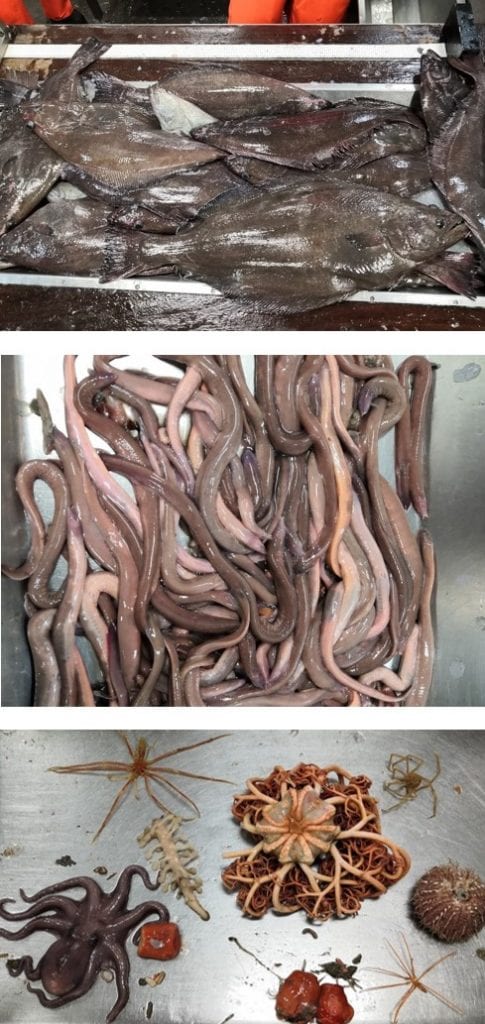Marine
The Wonders Found when Deepwater Sampling – #1419S Survey Update
October 18, 2019 by Marine Directorate Communications No Comments | Category Collaborations, Fisheries, Marine Directorate general, Marine Directorate Science, Marine Directorate Surveys, Research Vessel Surveys
Marine Scotland has undertaken its biannual trawl survey of the shelf slope to the west of the Hebrides. The purpose of the survey is to map the composition, distribution and abundance of continental slope species from the Donegal area to the Flannan isles providing catch data that informs management decisions.
The initial part of the survey focussed on the Hebridean Shelf, where Scotia has eight historical transects down the slope each with trawl stations at depths of: 500m, 1000m 1500m and 1800m. Trawling this deep is technically difficult; however Scotia’s officers and crew have become expert at fishing these depths over the years and an additional trawl at 2000m depth was completed for several of the transects.
For each trawl all fish are identified and sorted into separate species by the experienced scientists on board. A total catch weight and length frequency is recorded for each species to allow calculation of catch indices and comparison with previous years. For selected species further biological data is recorded along with tissue samples for population studies. All invertebrates from the trawls are identified as far as possible and recorded.
The species composition at these depths is vastly different to the types of British fish that many people are familiar with
Above: a typical assemblage from the 1800m depth range west of the Hebrides. The two largest fish pictured are different species of Hydrolagus, an elasmobranch (subclass of cartilaginous fish including sharks, skates and rays) both of which form a large component of the biomass at this depth.
Despite the after-effects of hurricane Lorenzo the survey proceeded with only minor disruption. With as much survey work completed west of the Hebrides as possible, Scotia proceeded Northeast to collect data from the Arctic-influenced waters of the Faroe – Shetland Channel (FSC).
Also participating in the survey were staff from the National Museum of Scotland. They collected and preserved as diverse an array of specimens for the museum as possible.
Right, picture 1: Here the Black Halibut (Reinhardtius hippoglossoides) is common below 500m.
Right, picture 2: Hagfish (Myxine glutinosa) were abundant at one station in the Faroe – Shetland Channel (FSC).
Right, picture 3: Some typical invertebrates from the Faroe – Shetland Channel (FSC). Pycnogonids (sea spiders) are very commonly encountered here. The pale object with bulbous projections centre left is the carnivorous sponge Chondrocladia.
Further Information:
- Previous Blog – Scotia Set for Deepwater Sampling
- Previous Scotia Blog Posts
- Marine Scotland Website
- Marine Scotland on Flickr
Tags: Black Halibut, Chondrocladia, elasmobranch, Faroe-Shetland Channel, fisheries, Hagfish, Monitoring, MRV Scotia, National Museum of Scotland, research, sampling, science, Scotia, sea spiders, Survey, trawling





Leave a comment